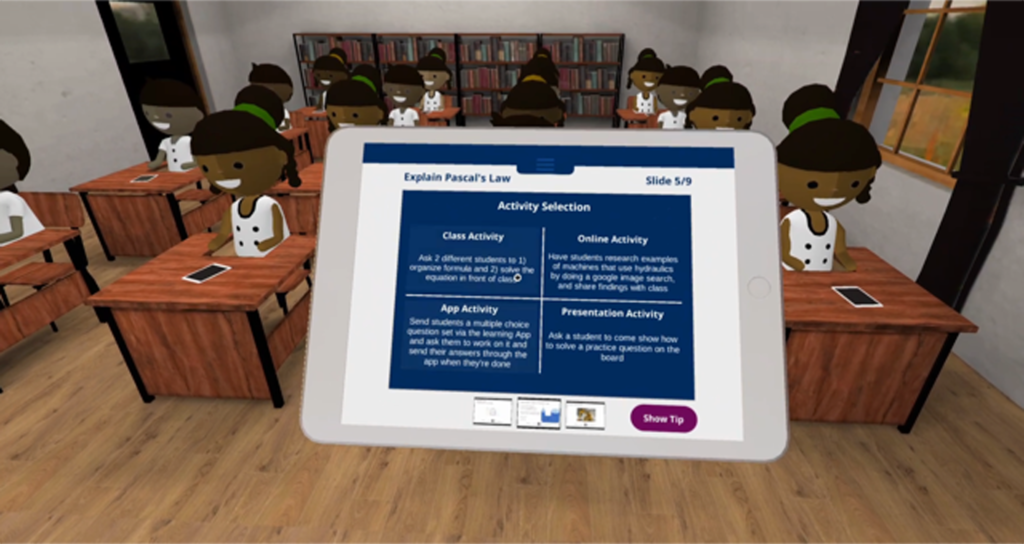
Virtual reality is a relatively recent phenomenon – and its use in classrooms more recent still. But as the accessibility to headset technology continues to open up, and the versatility of content continues to improve, virtual reality (VR) as an educative tool has become a real talking point. Earlier this year, research was released that found almost all teachers (94 per cent) in the UK thought that VR would benefit classroom teaching – and with the technology becoming increasingly affordable, it’s not difficult to imagine VR becoming commonplace in the classroom within just the next few years. But what about the benefits to teachers themselves? Not just in the subject matter they teach but the actual act of teaching itself, VR holds great potential as a training tool. At Immersive VR, we’ve been working with Ericsson to create a training tool for teachers that opens up possibilities for the future of teachers, as well as students.
Educating the educators
Ericsson partner with Earth Institute, a part of Columbia University, to form Connect to Learn – a global initiative that supports education for those all over the world who wouldn’t normally have the opportunity to learn. Part of their work includes supporting teachers in areas of the world where training facilities are limited and teachers may have had little formal training. That’s where our involvement came in. We created a virtual reality training tool that would help teachers in the developing world become more confident and effective educators.
The tool places teachers in front of a virtual class of students, allowing them to practise the art of teaching, while such things as their body language and lesson delivery are measured, as well as their ability to attend to an easily-distracted class. In terms of skill-giving, it offers teachers with limited access to formal training a safe space to practice – but it also opens up opportunities and questions as to how VR can be used more widely to benefit the teaching community closer to home too. Before we explore those options, let’s understand exactly what VR is and how it aids learning.
The impact of VR on learning
Virtual Reality (VR) is the use of computer technology to create a simulated 3D environment. Users wear a specially-designed headset that immerses the viewer within that environment – giving them the ability to move around and interact with a world as much as possible as if they’re really there. In this way, VR can enable people to experience ‘the impossible’ – opening up all sorts of opportunities in the training and education sector, from creating engaging and interactive learning experiences to supplying practical training simulations for students and teachers alike.
The sense of physical presence enables the viewer to connect more completely with the story being told, or the experience they’re going through – which is proven to have a beneficial effect on learning. Indeed recent studies indicate that those learning in VR perform far better in tests than those learning in traditional environments. For example, a recent study conducted in China, showed that students taught in a VR environment performed significantly better than those taught using traditional methods – on average 27.4 per cent better immediately after learning and 32.4 per cent better when tested two weeks later. What’s more, students who were underperforming in the traditional learning environment actually excelled in the VR environment – scoring 15.8 per cent better on average than the top students in the traditional environment.

This can largely be attributed to the fact VR provides a form of experiential learning, which has a greater impact on knowledge retention than traditional learning. In fact, an employment study found knowledge retention for those who go through traditional learning is only 5 per cent compared to 90 per cent for experiential learning. But what VR offers that other experiential learning can’t is the ability to re-run a scenario over and over again without having to worry about the consequences. This means it becomes the perfect training tool.